Eco Land Theme Park (에코랜드테마파크)
15.9Km 2023-01-17
1278-169, Beonyeong-ro, Jeju-si, Jeju-do
+82-64-802-8000
Eco Land Theme Park is built in the 1 km² Gotjawal primeval forest. Visitors can explore around in a train that looks like an 1800s steam-powered Baldwin train. The seven Baldwin train look-alikes (Lincoln Train) operated in the park were specially ordered and manually manufactured in the UK. In the large Gotjawal forest with railway trails, visitors can see a variety of plants, animals, and insects living in the mysterious Gotjawal forests, while touring around by special train. It also has a lake for visitors to experience the ecosystem of the forest, take a walk and enjoy a picnic. Besides, there are many things to enjoy including Eco Bridge, Eco Windmill, Picnic Garden, Kid’s Town, Eco Road, Bare Foot on Scoria, Floating Café, and topiary artworks.
Baengnokdam Lake (한라산 백록담)
16.0Km 2022-07-13
Topyeong-dong, Seogwipo-si, Jejudo
+82-64-713-9950
Baengnokdam is a crater lake that sits on top of Hallasan Mountain at the center of Jeju Island. It spans 3 kilometers in circumference and 500 meters in diameter, and is surrounded by approximately 360 parasitic cones. At the peak, visitors can feel like floating on clouds.
Starry Night Jeju (스테리나잇 제주)
16.1Km 2024-12-13
37 , Aewol-ro, Jeju-si, Jeju-do
+82-10-2419-0578
Located in Aewol, Jeju Island, Starry Night offers sea views from all rooms overlooking Handam Beach. There are restaurants and convenience stores on the first floor, and there are rooms on the second and third floors. There are nine guest rooms divided into Basic rooms for two people, Classic rooms for two to four people, and Suite rooms for four to eight people. All rooms are equipped with a kitchen. The view of Jeju's blue sea through the window wall is the greatest charm of this place. Nearby tourist attractions include Gwakji Gwamul Beach and Aewol Cafe Street.
Arte Museum Jeju (아르떼뮤지엄 제주)
16.2Km 2024-12-04
478 Eorimbi-ro, Jeju-si, Jeju-do
+82-1899-5008
Arte Museum is the nation's largest immersive media art exhibition presented by world-class digital design company d'strict, which is also famous for the “WAVE” at Coex. The museum displays ten of the most colorful media art exhibits created by lights and sounds on a grand floor space of 4,628 square meters with a maximum x_height of 10 meters which had once been used as a speaker manufacturing factory.
Handam Coastal Trail (한담해안산책로)
16.3Km 2024-04-01
Gwakji-ri, Jeju-si, Jeju-do
Handam Coastal Trail, also known as the Gwakgeum Olle Trail, is established along the shore from Aewol Port to Gwakjigwamul Beach. It beautifully harmonizes with the surrounding landscape. The trail runs 1.2 kilometers and visitors can walk on this coastal trail as waves crash right next to them. It is one of the "hidden gems of Jeju city" selected by the city in 2009 when 31 famous spots in Jeju-si other than the existing tourist attractions were chosen and announced. Uniquely-shaped rocks made by cooled and hardened lava grab the attention of passersby, and the trail that continuously winds along the beach featuring black rocks adds an element of excitement. Another appealing point is that it is a great place to watch the beautiful sunset as it is located on the west side of Jeju Island.
Bomnal Café (봄날카페)
16.3Km 2024-02-20
25 Aewol-ro 1-gil, Aewol-eup, Jeju-si, Jeju-do
Bomnal café, the first to open on Handam Beach in Aewol, is celebrated for its Jeju hallabong ade. Known for its beautiful sea views, visitors can enjoy their drinks surrounded by colorful murals and charming gift items, all against the backdrop of the sea. The café also features a gift shop filled with Jeju souvenirs.
Bomnal (봄날)
16.3Km 2021-03-24
25, Aewol-ro 1-gil, Jeju-si, Jeju-do
+82-64-799-4999
It is a place where you can drink coffee while looking at the wonderful sea view. This cafe is located in Jeju-si, Jeju-do. The representative menu is coffee.
Solhyang Bada Garden Aewol (솔향바다가든 애월)
16.4Km 2024-04-01
6113 Iljuseo-ro, Aewol-eup, Jeju-si, Jeju-do
Solhyang Bada Garden Aewol is a restaurant where visitors can eat black pork, Jeju's proudest specialty. Black pork has a chewier texture than regular pork, so travelers to Jeju should at least try it. The place is in the middle of the Janghanchul Trail, allowing one to enjoy the ocean view while enjoying the meal. The restaurant serves fresh black pork belly and neck from pigs raised in the clean and green environment of Jeju. There are also many side dishes that can be enjoyed with meat, including abalone and seafood hot pot, and kimchi jjigae with black pork slices. The restaurant allows pets.
Jeju Sunshine Hotel (제주 선샤인호텔)
16.6Km 2021-05-29
481-9, Sinbuk-ro, Jeju-si, Jeju-do
+82-64-780-4100
Jeju Sunshine Hotel is located right along the scenic Hamdeok Beach, making the hotel a great choice for honeymooners, family vacationers, and business travelers. Many of the rooms look out towards the ocean and the sound of the waves provides guests with a natural lullaby. There is also a large grassy field nearby perfect for evening strolls.
The hotel has long-since been a top accommodation in the area, but has recently reopened with improved facilities and better customer services following a year of renovations and staff training. Rooms at the hotel include both Western-style and Korean-style rooms while facilities include restaurants, a cafe, and a bar.
Beachstoryhotel / 비치스토리호텔
16.8Km 2025-03-05
492-5 , Johamhaean-ro, Jeju-si, Jeju-do
+82-64-784-7400
Beach Story Hotel stands right next to Hamdeok Beach, Jeju-do, so guests can enjoy the life of the beach and the sight of the ocean all day long. There’s a choice of guestrooms - twin, double, or ondol - and they are neat and clean. The location on Joham Coast Road means guests can enjoy a drive while admiring the coastal scenery. For walkers, Jeju Olle Trail #19 and the Seoubong Trail are close. The famous Café del Mundo is also nearby.


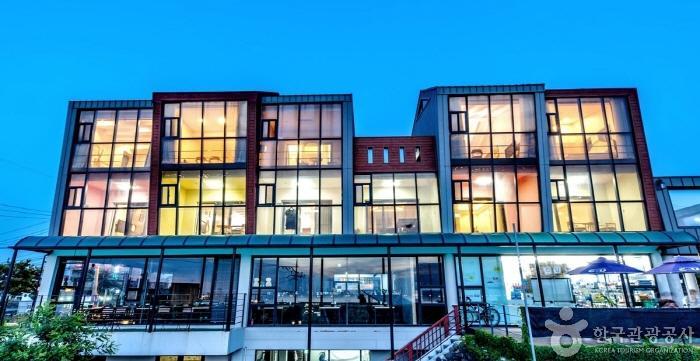
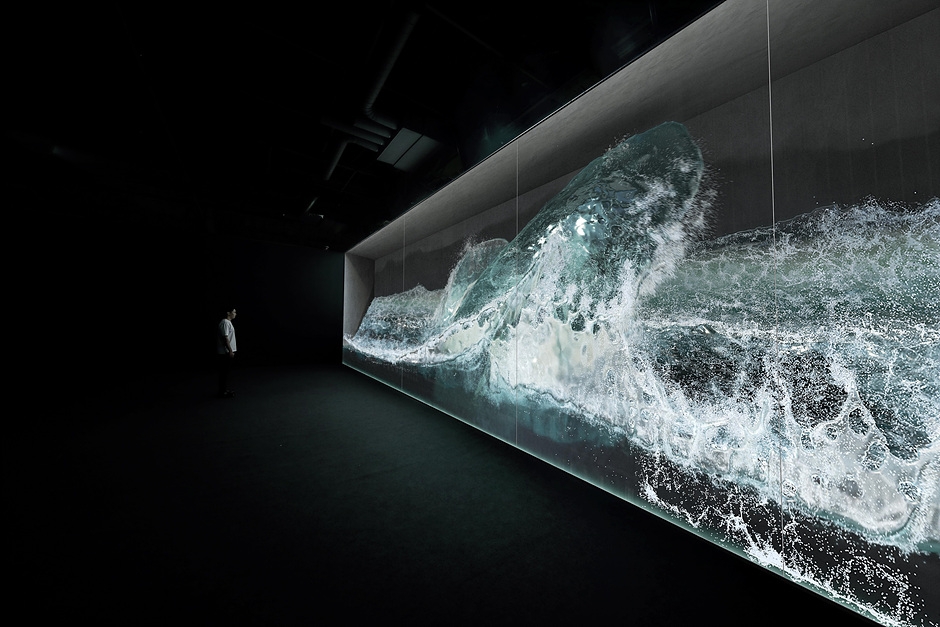
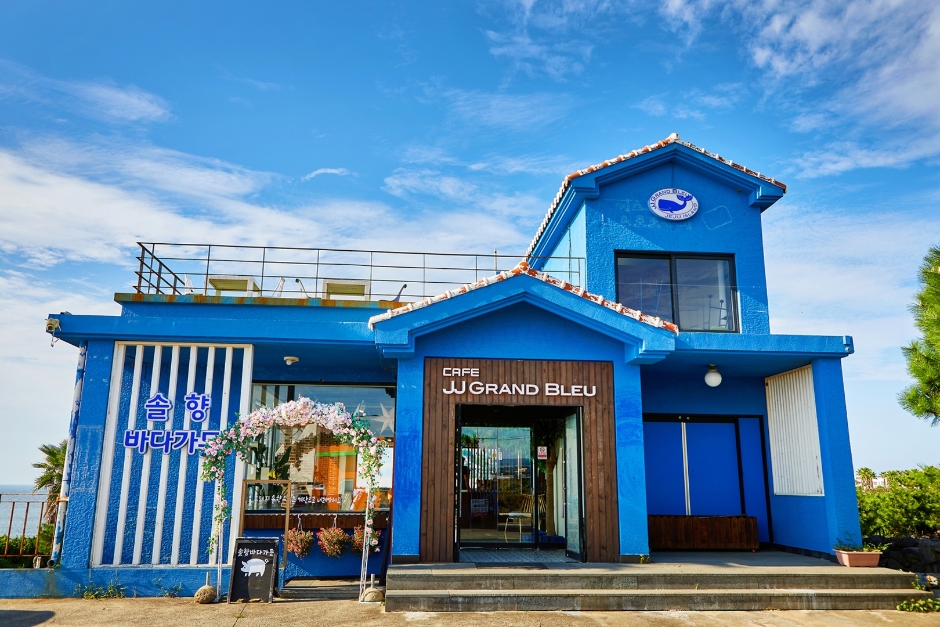
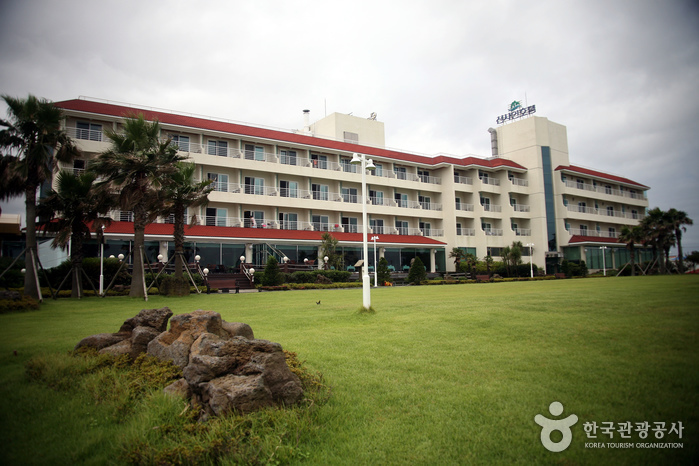
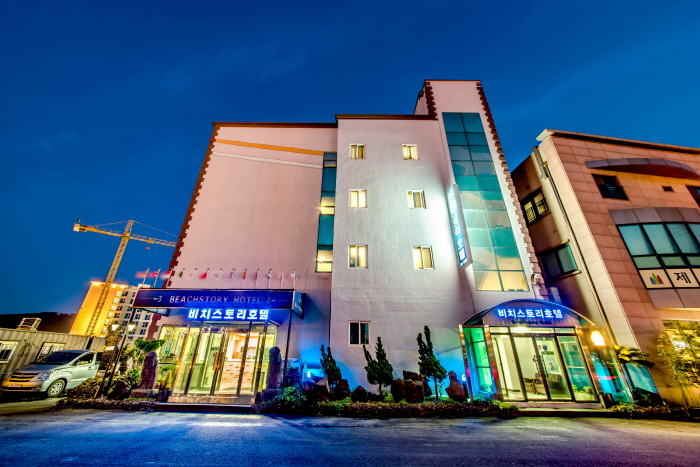
 English
English
 한국어
한국어 日本語
日本語 中文(简体)
中文(简体) Deutsch
Deutsch Français
Français Español
Español Русский
Русский